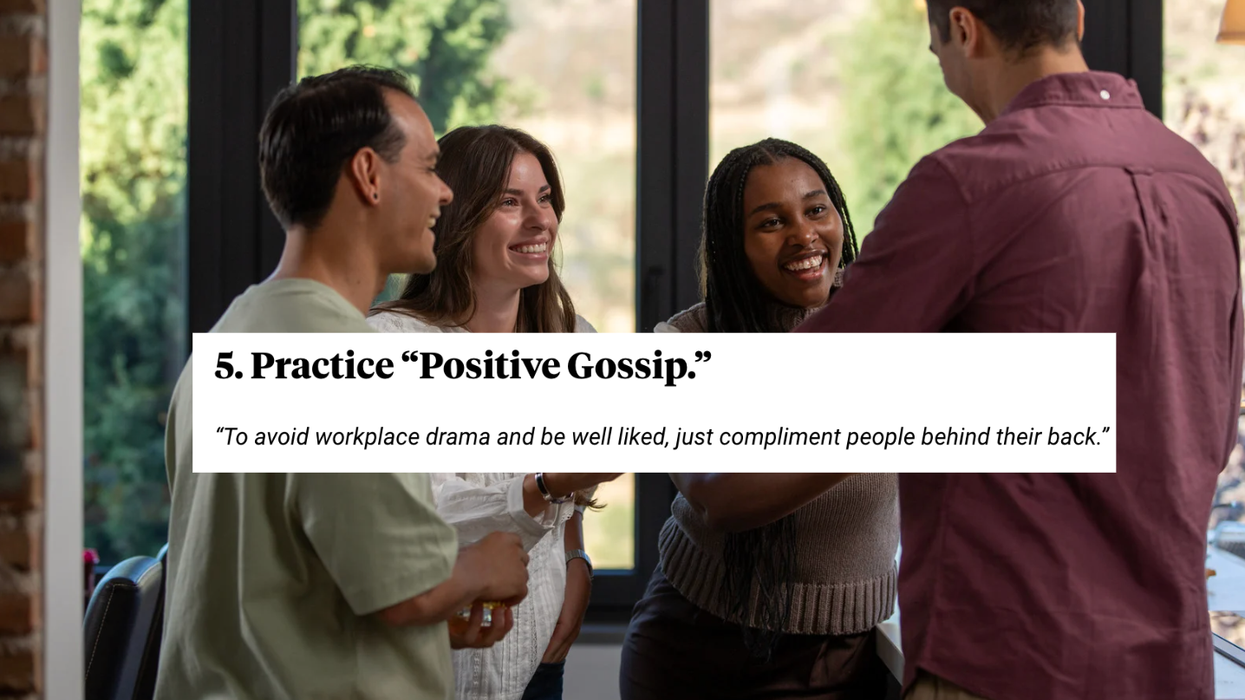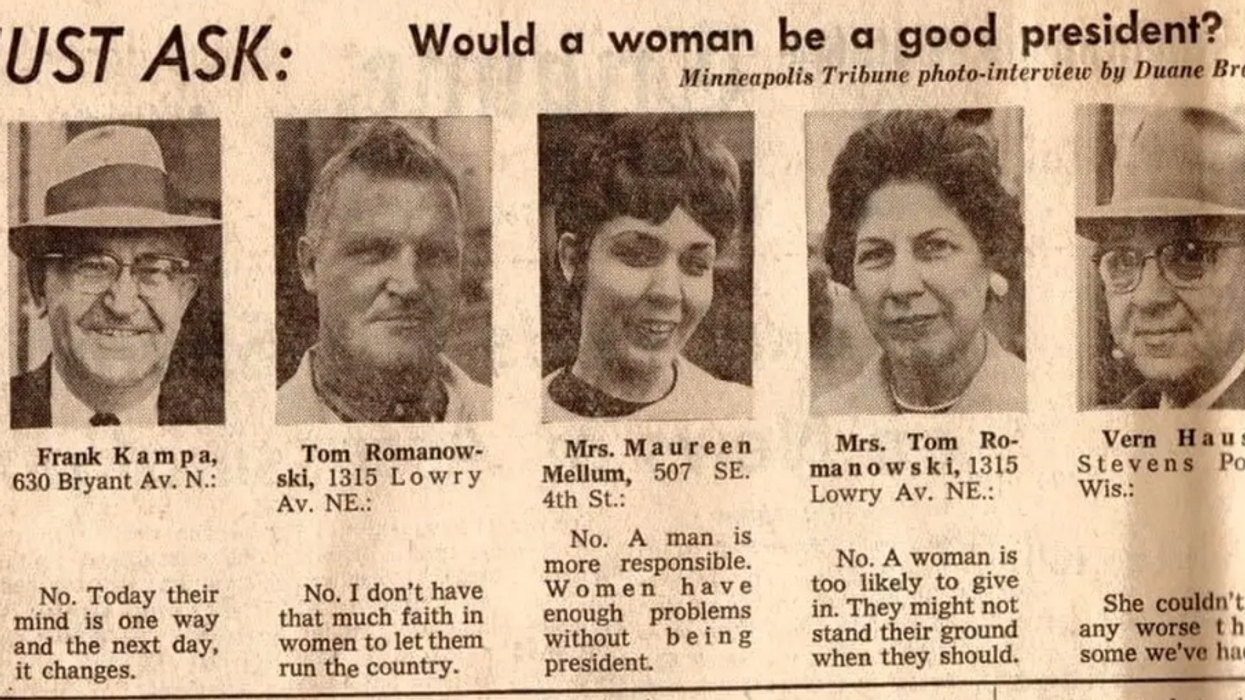GOOD Pictures features work by a new photographer each week, with a focus on up-and-coming artists. It is curated by Stephanie Gonot and Jennifer Mizgata.
How much does personal history inform a photographer’s work? Eduardo Rivera’s "131" series begs the question. Born and raised in a tough neighborhood of South Central Phoenix, Rivera's family moved to a nicer part of town when he was a pre-teen. As an adult, he went back to document the neighborhood of his youth. Rivera writes, "What I found was people and their spaces. Here, since the 1970s, old Mexican traditions have met new assimilated lifestyles as a search for identity and belonging persists." He says it's "a place where hope strives to live."
His photographs have a duality to them. They are infused with nostalgia, yet they’re honest. He invites us into people’s homes, showcasing warm kitchens and laundry hanging on the line. But he also photographs people who have an edge, who stand for their portraits knowing they are standing for something else as well, a testament to what it means to live in South Central Phoenix.
You can see more of Eduardo Rivera's work on his website.
















 Robin Williams performs for military men and women as part of a United Service Organization (USO) show on board Camp Phoenix in December 2007
Robin Williams performs for military men and women as part of a United Service Organization (USO) show on board Camp Phoenix in December 2007 Gif of Robin Williams via
Gif of Robin Williams via 
 People on a beautiful hike.Photo credit:
People on a beautiful hike.Photo credit:  A healthy senior couple.Photo credit:
A healthy senior couple.Photo credit:  A diverse group of friends together.Photo credit:
A diverse group of friends together.Photo credit:  A doctor connects with a young boy.
A doctor connects with a young boy.  Self talk in front of the mirror.Photo credit:
Self talk in front of the mirror.Photo credit:  Lightbulb of ideas.Photo credit
Lightbulb of ideas.Photo credit 

 Superstructure of the Kola Superdeep Borehole, 2007
Superstructure of the Kola Superdeep Borehole, 2007 

